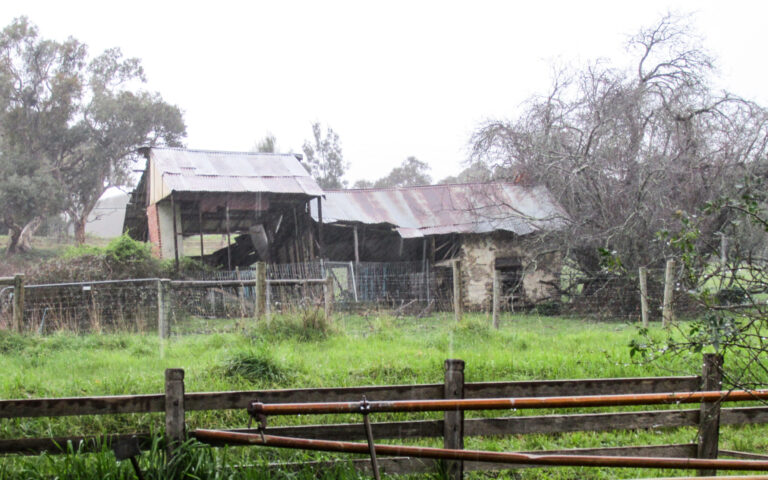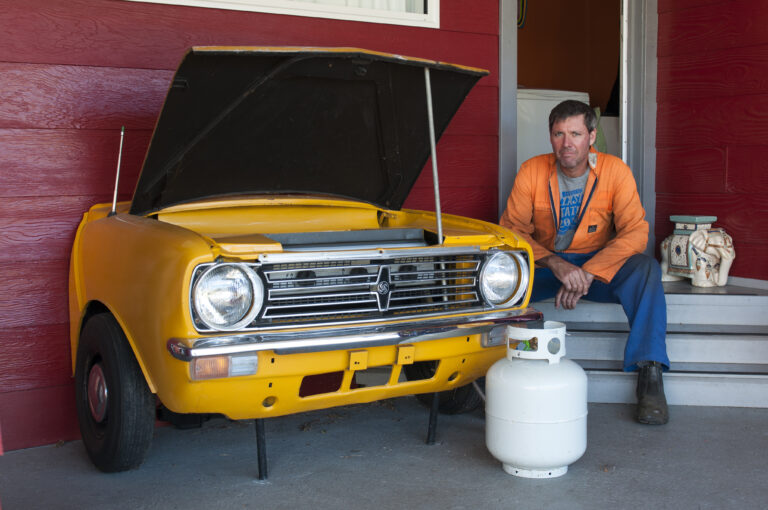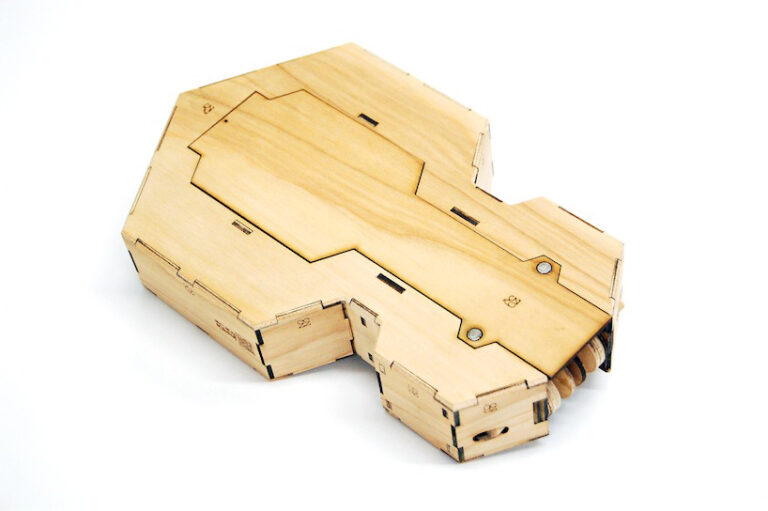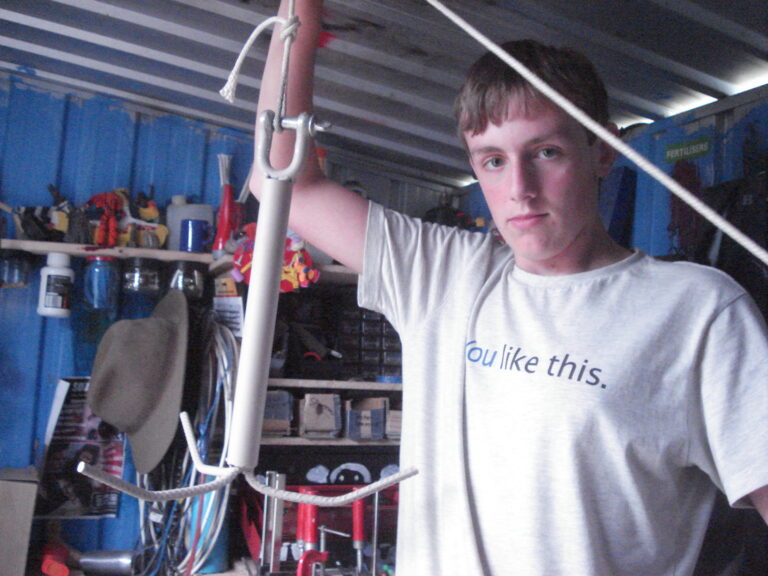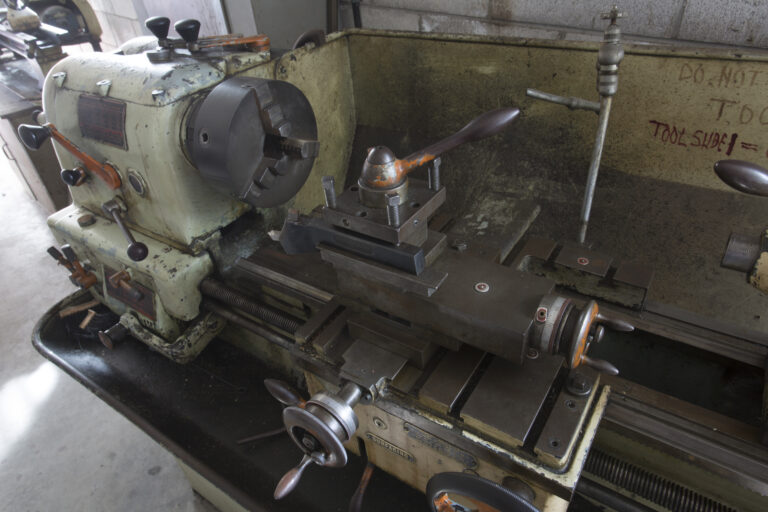
Making the cut
Sentimentality and chainsaws don’t usually go hand in hand but Dave Neame uses the machines not to massacre but to preserve pieces of wood for posterity.
The long-time logger, who is based in North Canterbury, uses his prowess with a chainsaw to mill trees into slabs that can be turned into furniture, kitchen benches, or used as building features.
“I get approached by people who’ve got trees that have sentimental value and they want more than firewood or mulch out of them. I come and mill them up and they can get made into something that becomes a family heirloom.”

